Talking Trees
- Aug 24, 2022
- 7 min read
A fellow educator, Dr. Betsy Jardine, gently guides me through a breathing exercise, a free word association, and then an early nature memory exercise which she has used in her research. What emerged for her participants, and now myself, were powerful early memories of attunement to the natural world as a child.
Often, as we grow into adult responsibilities, these early memories in their lovely simplicity are eclipsed by the complexities and challenges of adult life. One way back into a relationality way of being, where we see the living beings around us as “kin,” is to resurface these memories. What Betsy uncovered is that these memories still resonate within us and may even be guiding many of our adult decisions. Yet, their energy directing our actions often remains invisible to us. In our “machine-obsessed world” that sees the natural world as “resources” for “all important” human activities, digging for these memories helps us reconnect with our living kin, see with different eyes, and remember a feeling of belonging from the childhood time before cultural messages and the adult mind took hold.
In the attunement exercise, I was about 8 years old in my grandparent’s farmyard that we visited most every Sunday. What stood out for me were the trees. I could name most trees and their locations in the yard. I knew which ones my grandfather planted in anticipation of building a new house and then the ones my grandmother planted after the house was built in a different location. I knew the trees that lined the gravel road, and the native forest that ringed the farmyard.
The tree that most emerged for me from deep memory was the aspen tree. I deeply love aspen trees, which are considered “talking trees.” Called "quivering, trembling, or quaking" aspens, it gives you some idea of their movement but mostly their sound. The rattling of bigger aspen leaves or the soft fluttering of smaller leaves is the sound of home. Each leaf stem or petiole is unusually long, stiff, and flat rather than rounded and flexible. The slightest breeze causes the petite heart-shaped leaves to become sails, moving against each other. In talking about aspen to children in a park some years ago, I ask them to move like aspens…another way of attuning to the prairie.
Naturalist Laurence Walker suggests that no other tree has a greater range, found across North America from the Arctic tundra to the Rockies in Mexico and across Europe, Scandinavia, Russia, and Asia from timberline to shoreline. I missed the aspen talk so much in my new home, where it is not common, I planted an aspen tree, just as my grandfather planted trees to remind him of his old home. This tree will grow perhaps 4 times the size in this ecozone, with far more rain and much less frost than the prairies, so we keep it pruned. Every time I draw close to it, it starts fluttering, greeting me. I greet it back, telling it how special it is, and how I miss its relatives back home.
One summer on the East Coast of Canada, when I had a concussion and could only watch the natural world, I listened to the long and changing conversation of the aspens, who I noticed foretold the weather by the sounds emitted from different kinds and directions of winds…all the way from whispers, rising and falling chatter, to a ferocious roar when hurricanes were bearing down on us. Their silence could be eerie.
Aspens trees are a keystone species in the prairie ecosystem called the Aspen Parkland. It is an ecosystem that is a transition zone between the prairie short and tall grasslands further south and the boreal forests further north. They all mingle in the Aspen Parkland which is dotted with small hills, lakes and wetlands, or "knob and kettle" terrain, the remnant of the Wisconsin Glacier period. Along with gravel deposits, rich black loam soils (Class 1 and 2 soils) were left, which hold moisture well. It was considered by the Beaver Hills Cree, among others who habitated here originally, as a natural, sheltered paradise. The buffalo roamed throughout the aspen parkland too, seeking shelter and food among the trees, especially during severe winter weather. In prairie places that are once again home to buffalo, their presence among the aspens, especially the golden fall leaves against a big, open, deep blue sky, triggers some ancient memory in me.
Like the prairie grasses which can grow 8-12 feet long (see blog September 2020), aspen roots are extensive, well adapted to the high-altitude prairie. It is a short-lived tree, only about 60 to 80 years, like humans. These kin of ours prefer to reproduce through suckering rather than the seeds and pollen of their catkins. Forest fire, then, naturally renews aspen groves, regenerating an abundance of new shoots the following spring. It is considered a Phoenix tree, in rising prolifically from the ashes. The new shoots, leaves, and bark are a critical food source to a wide variety of species from porcupines to deer, elk and moose, as well as beavers, rabbits and bear.
The largest organism on Earth is considered to be "Pando," an aspen tree and root system in the Utah Fishlake National Forest which covers 107 acres, comprised of over 47,000 trees. The Edmonton Land Trust says this clone organism has “lived 13 times as long as civilization as we know it today…80,000 years.” Naturalist Ben Gadd suggests that aspens are the world’s oldest known living things, as a few members in a clone patch always survive, estimating that some patches in the western USA may be millions of years old. Though they sucker, each tree needs full sun, so each has enough personal space to enable them to meet their needs.
Leafing out in the spring heralds that spring has really arrived, synchronized with the return of Canada geese, the flowering of crocus and early violet, spring peepers calling from the ponds, and grouse beating their rhythmic mating dance. While they are part of the poplar family, they do not have the lovely balsam sap of poplar buds, so welcome after a long winter.
Diminutive, understated trees, aspens are remarkable in other ways too. They are tall and slender, at most growing 65 to 100 feet. They are straight with greenish bark when young but develop powdery white bark as they age. The bottom few feet turn black and deeply ridged as they age, giving them an unkept appearance. Yet, their bark is alive and photosynthesizes, contrary to many other trees. The powder on the bark defends against ultraviolent rays, and thus was used as a sunscreen. The bark has been used as a painkiller by Indigenous people as it contains salicylates, like aspirin. A tea from the inner bark treated rheumatism, diarrhea, and liver and kidney issues. The wood made canoe paddles and poles for structures from tipis to ceremonial structures. Squared by hand with a broad axe, they made many a homestead farm and barn. Now aspen is pulped for paper.
Betsy asked me how growing up here, shaped me. This is a question for every person…how did the living world in which you grew up, shape you, consciously or unconsciously? How did the land shape your identity…though you might have not been aware of it? American writer Wallace Stegner describes our modern mobility: “a lot of us have never stayed in one place long enough to learn it or have learned it only to leave it.” Yet, no matter where we grew up or live now, even in a dense city, or how much we moved, likely we remember or notice the way the sunlight hits, the smell of the air, the lift of the wind, the slant of the rain, the seasonal changes of trees and shrubs. We can come to know a place, its rhythms and feel. Philosopher Albert Borgmann together with prairie political scientist Roger Epp say “we must recover a world of eloquent things – whether wilderness or human artistry or communal celebration – that speak to us in their own right.” I call this listening for “river speaking” or in this case, “tree talking.”
Philosopher farmer Wendell Berry suggests, “It is only in the place that one belongs to, intimate and familiar, long watched over, that the details rise up out of the whole and become visible.” Our task now, no matter our history, is to learn “to dwell” in a way that we befriend not only the human, but other-than-human world, as part of our identity. Dwelling is to learn to slow down, be patient, to persevere in a disciplined way. When we open our ears and all our senses along with our mind, we can hear fragments of living songs around us form a lovely harmony to which we can align. We become “re-enchanted” as sociologist Max Weber describes…we belong once again.
While I discounted aspens as an “everyday tree” while I was growing up, I see now how it imprinted me. There is nowhere to hide on the prairie, and so one must turn and face their fears and doubts. Sunlight is generally shining, even on the coldest of days, echoed in the gold of fall aspen leaves. Sun/light penetrates into dark places, helping create a fearlessness, an overcoming of the odds. On the prairie, there is an unwillingness to be dismissed according to size or wealth. As my aunt says of my grandfather, “he lived in hard, simple times that stripped away anything superficial of men and women, and let their souls shine through. …He created the farmyard and simple log house where we lived which was the centre of our universe.” This is how those who really “dwell,” including many Indigenous people, express it…their place is the centre of the universe where their souls can shine bright. Many origin stories around the globe tell how a People emerged into their place, this centre among many centres. How beautiful to believe that we are “in the centre” of many loving relations, and thus belong to, all living beings and dynamics in that place.
The spirit of Aspen teaches that we can have personal space to manifest our own dreams, but we do so from within community, working together and working hard through trying circumstances. Each person has a gift they bring into the community, so they are given appropriate space to bring this to fruition. It might be why prairie people are often considered innovative. With such strong and deep roots, we can endure hardships, finding the gold in each difficult experience, so that we heal and rebirth ourselves. When winter comes and only our skeletal form is seen against the blue sky, we are working to store and renew our energy for a growth time to come. We can always start over, building from strong and wide roots.
Who are the talking trees where you are? What are they saying? Listen...





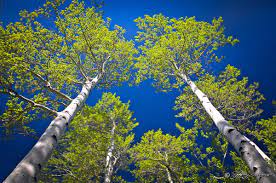

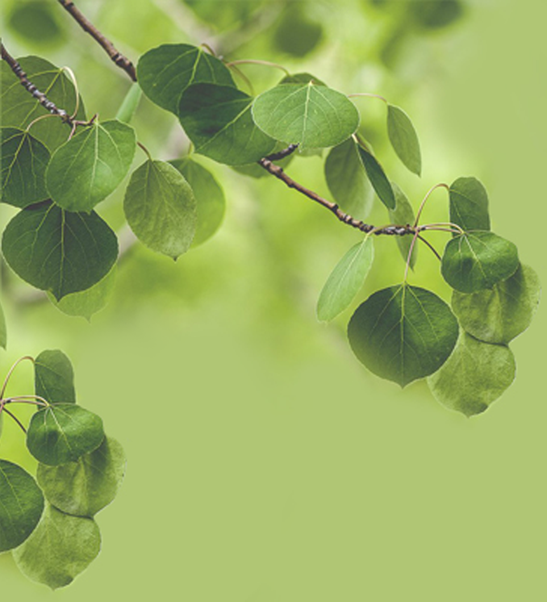
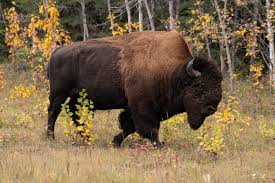
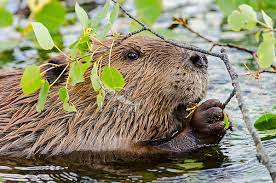

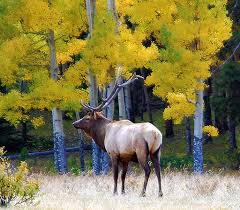
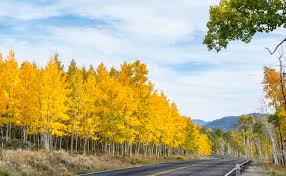
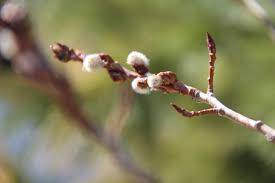
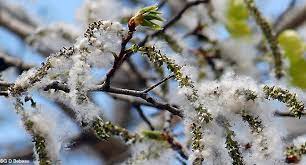
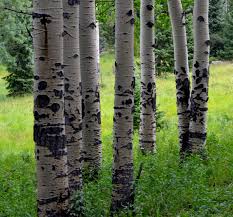
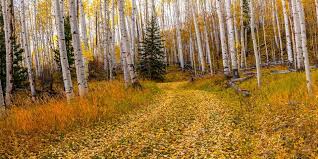
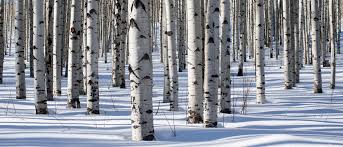

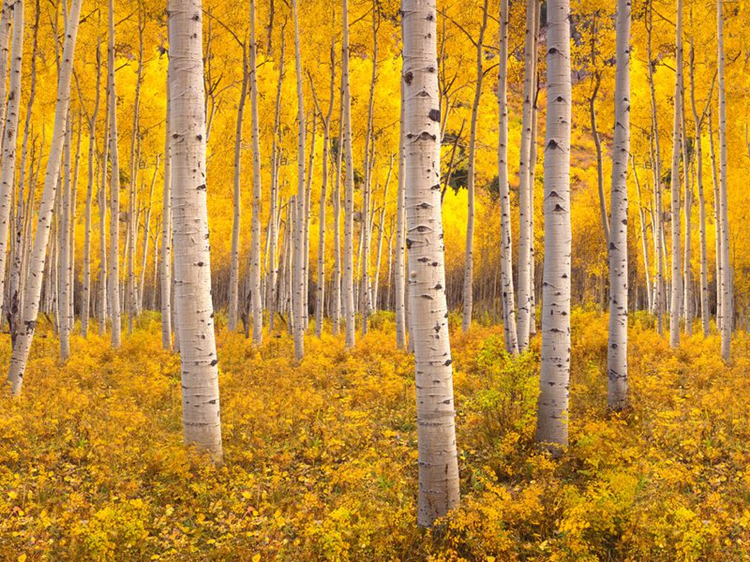





































Comments